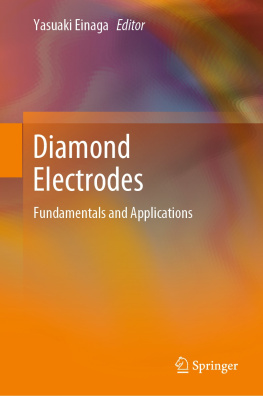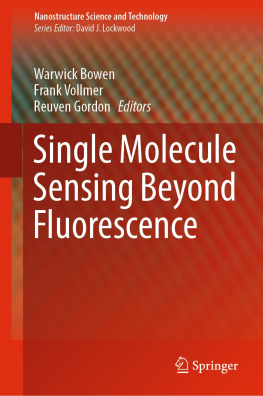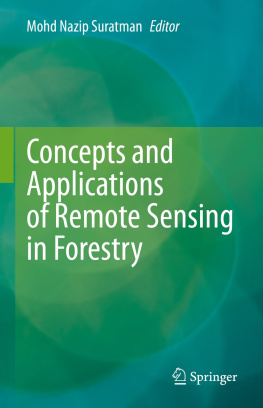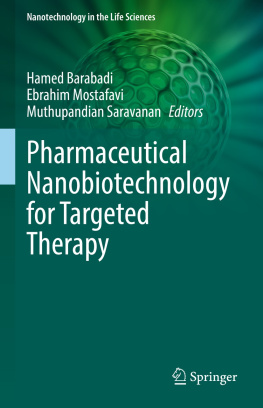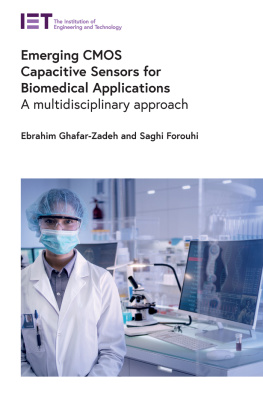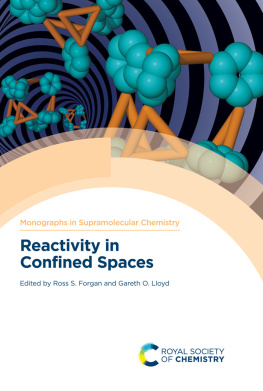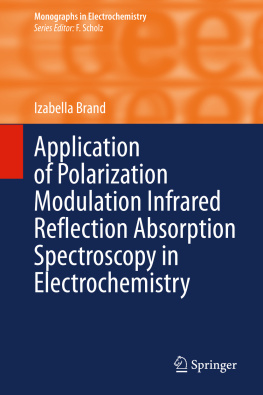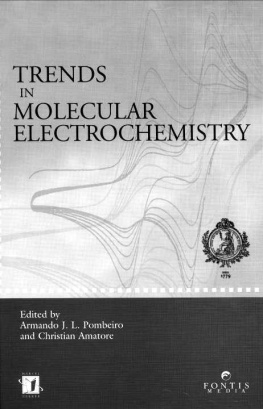Contents
Contents
Yi-Tao Long
Yi-Lun Ying, Jiajun Wang, Xue-Yuan Wu and Yi-Tao Long
Meng-Yin Li, Zheng-Li Hu, Ya-Qian Wang, Shuang Li, Jie Yang, Kaipei Qiu and Yi-Tao Long
Yao Lin, Qiao Li, Shao-Chuang Liu, Si-Min Lu, Yi-Lun Ying and Yi-Tao Long
Ru-Jia Yu, Yong-Xu Hu, Si-Min Lu, Su-Wen Xu, Yao Lin, Yi-Lun Ying and Yi-Tao Long
Jiajun Wang, Yi-Lun Ying and Yi-Tao Long
Yi-Lun Ying, Si-Min Lu, Jiajun Wang and Yi-Tao Long
Detection Science Series No. 17
Print ISBN: 978-1-78801-271-3
PDF ISBN: 978-1-78801-326-0
EPUB ISBN: 978-1-83916-090-5
Print ISSN: 2052-3068
Electronic ISSN: 2052-3076
A catalogue record for this book is available from the British Library
The Royal Society of Chemistry 2021
All rights reserved
Apart from fair dealing for the purposes of research for non-commercial purposes or for private study, criticism or review, as permitted under the Copyright, Designs and Patents Act 1988 and the Copyright and Related Rights Regulations 2003, this publication may not be reproduced, stored or transmitted, in any form or by any means, without the prior permission in writing of The Royal Society of Chemistry or the copyright owner, or in the case of reproduction in accordance with the terms of licences issued by the Copyright Licensing Agency in the UK, or in accordance with the terms of the licences issued by the appropriate Reproduction Rights Organization outside the UK. Enquiries concerning reproduction outside the terms stated here should be sent to The Royal Society of Chemistry at the address printed on this page.
Whilst this material has been produced with all due care, The Royal Society of Chemistry cannot be held responsible or liable for its accuracy and completeness, nor for any consequences arising from any errors or the use of the information contained in this publication. The publication of advertisements does not constitute any endorsement by The Royal Society of Chemistry or Authors of any products advertised. The views and opinions advanced by contributors do not necessarily reflect those of The Royal Society of Chemistry which shall not be liable for any resulting loss or damage arising as a result of reliance upon this material.
The Royal Society of Chemistry is a charity, registered in England and Wales, Number 207890, and a company incorporated in England by Royal Charter (Registered No. RC000524), registered office: Burlington House, Piccadilly, London W1J 0BA, UK, Telephone: +44 (0) 20 7437 8656.
For further information see our website at www.rsc.org
Printed in the United Kingdom by CPI Group (UK) Ltd, Croydon, CR0 4YY, UK
Preface
Nanopore electrochemistry refers to the promising measurement science based on elaborate pore structures that offer a well-defined geometric confined space to adopt and characterize single entities including single cells, single particles, and even single molecules, by electrochemical technology. The electrochemical confined effect within the nanopore displays the ability to achieve single entity discrimination by focusing energy (e.g., electrochemical, light, and magnetic energies, etc.) into small areas, converting the intrinsic properties of single entities into electrochemical read-outs. Furthermore, the excellent resolution of confined nanopore technology also permits the possibility to resolve the transient signals for further revealing the information of single biomolecules dynamics. The chemical confinement inside nanopore provides the advanced electrochemically confined effects to convert transient information of chemical groups into the enhanced ion current signals. Recently, the nanopore electrochemistry has been further applied to biophysics, chemical biology, disease diagnostics, and other advanced disciplines by pushing the limitation of detection to micro and nano scale. In this book, we summarize the nanopore electrochemistry from the following three main areas. First, a nanopore-based single biomolecule sensing interface with chemical group precision is described, including the design of a single biomolecule interface, and instrumentation, with applications such as nucleotide detection, peptide discrimination, photo-responsive molecule analysis, and protein sequencing. Then, the inorganic material-based nanopore is summarized along with its fabrication process and application. Last, the glass nanopipette, which is a relatively feasible and cheap nanopore, is introduced to fill the gap of the complexity of the inorganic nanopore fabrication process. Such an electrochemical confinement enables the monitoring of biomolecule interactions and the electron-transfer process in single living cells with high resolution and negligible cell damage. With the advents of advanced measurement mechanism, instrumentation, and data algorithms, the electrochemically confined nanopore is undoubtedly an exciting and promising field. We expect the next avenue for the wide application of nanopore electrochemistry in a variety of disciplines, leading us to explore the new chemistry at a much smaller scale. Our hope is that this book will be useful to all interested in Nanopore Electrochemistry. We sincerely thank all authors who contributed to this book. We also thank our coworkers, colleagues, current and former group members for their contributions in Nanopores to advance this field.
Yi-Tao Long
Detection Science Series
Editor-in-chief:
Mike Thompson, University of Toronto, Canada
Series editors:
Subrayal M. Reddy, University of Surrey, UK
Damien Arrigan, Curtin University, Perth, Australia
Mengsu (Michael) Yang, City University of Hong Kong, Hong Kong
Editorial advisor:
Thiago Paixo, University of So Paulo, Brazil
Titles in the Series:
1: Sensor Technology in Neuroscience
2: Detection Challenges in Clinical Diagnostics
3: Advanced Synthetic Materials in Detection Science
4: Principles and Practice of Analytical Techniques in Geosciences
5: Microfluidics in Detection Science: Lab-on-a-chip Technologies
6: Electrochemical Strategies in Detection Science
7: Peroxynitrite Detection in Biological Media: Challenges and Advances
8: Biological Fluid-Surface Interactions in Detection and Medical Devices
9: Advanced Environmental Analysis: Applications of Nanomaterials, Volume 1
10: Advanced Environmental Analysis: Applications of Nanomaterials, Volume 2
11: Quenched-phosphorescence Detection of Molecular Oxygen: Applications in Life Sciences
12: Carbon-based Nanomaterials in Analytical Chemistry
13: Forensic Analytical Methods
14: Immunosensors
15: Analytical Electrogenerated Chemiluminescence: From Fundamentals to Bioassays
16: In Situ Analysis of Cellular Functional Molecules
17: Confining Electrochemistry to Nanopores
How to obtain future titles on publication:
A standing order plan is available for this series. A standing order will bring delivery of each new volume immediately on publication.
For further information please contact:
Book Sales Department, Royal Society of Chemistry, Thomas Graham House, Science Park, Milton Road, Cambridge, CB4 0WF, UK
Telephone: +44 (0)1223 420066, Fax: +44 (0)1223 420247
Email:
Visit our website at www.rsc.org/books
Confining Electrochemistry to Nanopores
Confining Electrochemistry to Nanopores


